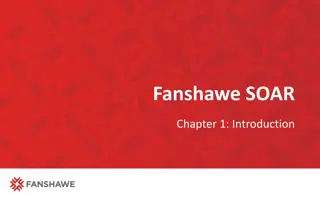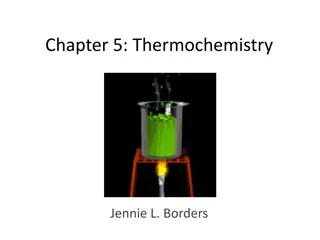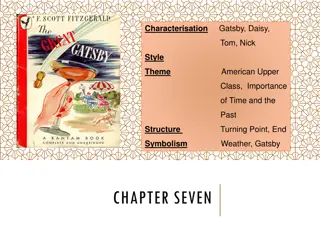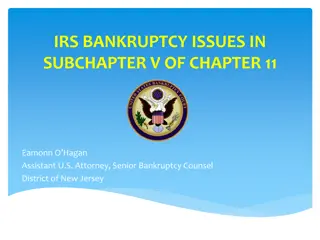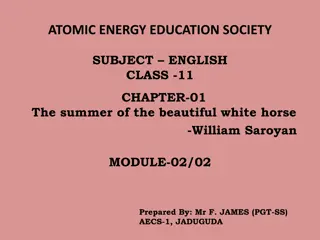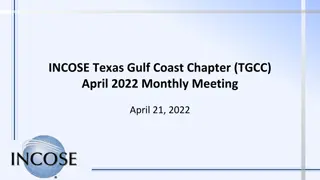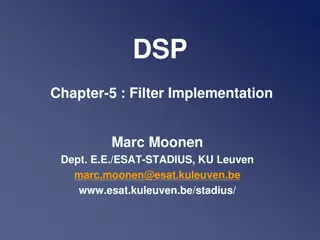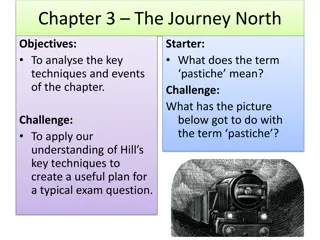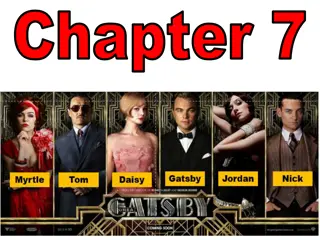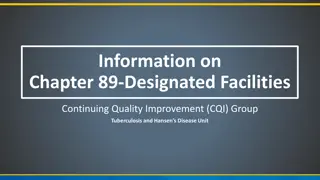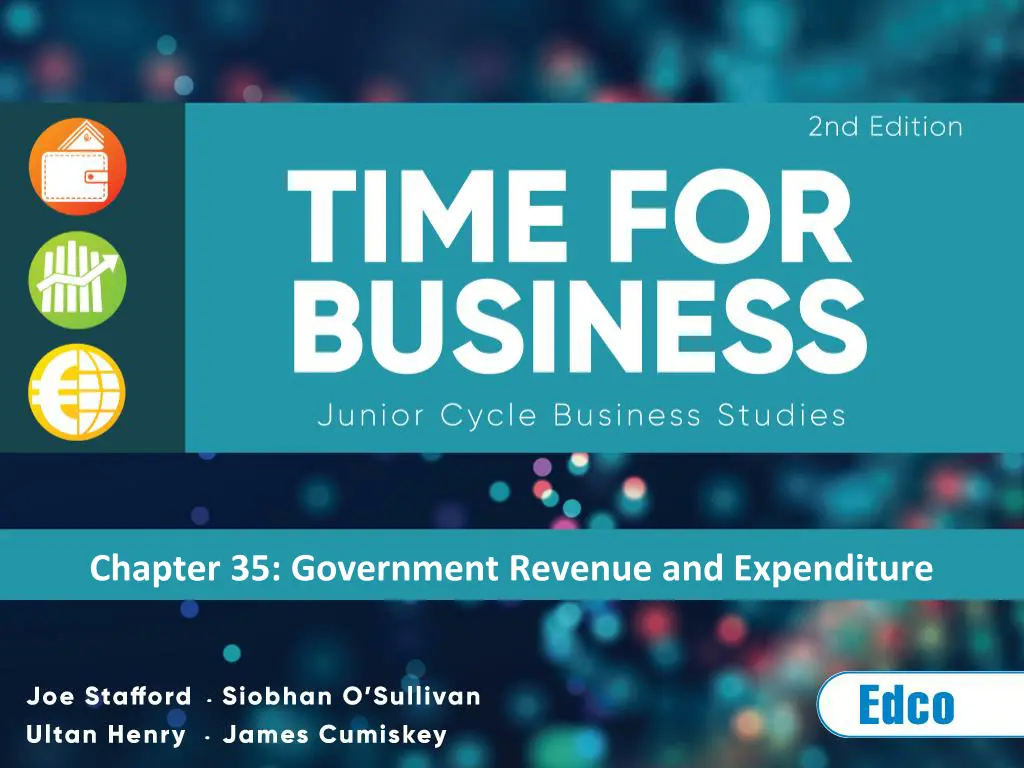
Understanding Government Revenue and Expenditure
Learn about the national budget, government revenue sources, and expenditure items. Discover the impact of budget decisions on society and the different categories of government revenue. Explore details on capital revenue sources and the role of the Department of Public Expenditure and Reform in overseeing government spending.
Download Presentation

Please find below an Image/Link to download the presentation.
The content on the website is provided AS IS for your information and personal use only. It may not be sold, licensed, or shared on other websites without obtaining consent from the author. If you encounter any issues during the download, it is possible that the publisher has removed the file from their server.
You are allowed to download the files provided on this website for personal or commercial use, subject to the condition that they are used lawfully. All files are the property of their respective owners.
The content on the website is provided AS IS for your information and personal use only. It may not be sold, licensed, or shared on other websites without obtaining consent from the author.
E N D
Presentation Transcript
Chapter 35 Learning intentions In this chapter you will learn to: Define the term national budget Explain the need for a national budget Identify sources of government revenue and items of government expenditure Distinguish between balanced, surplus and deficit budgets Outline the impact of budget decisions on Irish society. Textbook page reference: 403
Chapter 35 The national budget The national budget is the government s financial plan for the year ahead. It shows expected revenue and planned expenditure. Textbook page reference: 404
Chapter 35 The national budget The Department of Public Expenditure and Reform assesses each department s request for money and must approve government spending before it can take place. The Department of Finance is responsible for all decisions about taxes and government borrowing. Textbook page reference: 404
Chapter 35 Government revenue Government revenue refers to all money received by the government. Textbook page reference: 405
Chapter 35 Government revenue Government revenue can be divided into two distinct categories: Current revenue: Money received by the government on a regular, ongoing or day-to-day basis. Most of this revenue comes from taxation. Capital revenue: Money received on an irregular or once-off basis. This is mainly non-tax revenue. Textbook page reference: 405
Chapter 35 Sources of government current revenue Pay Related Social Insurance (PRSI) Universal Social Charge (USC) Value Added Tax (VAT) Income tax Local Property Tax (LPT) Corporation tax Excise duty Customs duties Capital Capital Gains Tax (CGT) Dividends from state companies Acquisitions Tax (CAT) Stamp duty Textbook page reference: 405
Chapter 35 Sources of government capital revenue Sale of state-owned companies The sale of state-owned companies into private ownership is called privatisation. Our government borrows money from other governments or from financial institutions in order to fund its spending plans. Borrowings European Union (EU) grants The Irish government receives billions of euros from a variety of EU funding schemes. Textbook page reference: 406
Chapter 35 Government expenditure Government expenditure refers to all money spent by the government. Textbook page reference: 407
Chapter 35 Government expenditure Government expenditure can be divided into two categories: Current expenditure: Money spent by the government on a regular or ongoing basis. Capital expenditure: Spending on once-off projects or on infrastructure that will have long-term benefits for the country. Textbook page reference: 407
Chapter 35 Government expenditure Infrastructure is the basic facilities, structures and services needed for a country to function. It includes water, power lines, transport and communications systems, schools and hospitals. Textbook page reference: 407
Chapter 35 Government current expenditure Payments and income supports such as pensions, child benefit Social protection Day-to-day running costs of hospitals and healthcare facilities Healthcare To enable schools and colleges to be run efficiently e.g paying teachers salaries Education Justice Our legal and judicial systems e.g garda wages To help farmers and ensure that this important sector is maintained e.g income supports to farmers Agriculture Maintaining the defence of our country e.g wages to members of the defence forces Defence Maintaining our existing transport systems and providing funding for tourism promotion agencies Transport and tourism Textbook page reference: 407
Chapter 35 Government capital expenditure Building new rail networks, buying new trains and buses Public transport Building new hospitals, buying new equipment and ambulances Health Building or extending schools, buying furniture and ICT equipment for schools Education Textbook page reference: 407
Chapter 35 A budget deficit A budget deficit occurs when planned expenditure is greater than expected revenue. This suggests that the government is living beyond its means and will have to increase revenue, cut spending and/or borrow money to finance its plans. Textbook page reference: 408 409
Chapter 35 Solutions to a budget deficit Increase planned revenue by raising taxation levels or selling state assets. Reduce planned expenditure by cutting the level of public services. Borrow money to bridge the gap between revenue and expenditure. This is a short-term solution since paying interest and repaying borrowings will impact on future budgets. Textbook page reference: 409
Chapter 35 A balanced budget If the government expects that planned revenue will be equal to planned expenditure, it will be a balanced budget. Textbook page reference: 409
Chapter 35 A budget surplus If planned revenue is expected to be greater than planned expenditure, the government will have a budget surplus. Textbook page reference: 410
Chapter 35 Irish budget trends Budget surpluses and deficits in Ireland (2006 - 2018) What are the main trends you can see here? Suggest one reason to explain this trend Textbook page reference: 410
Chapter 35 Recap and review Can you? Define the term national budget Explain the need for a national budget Identify sources of government revenue and items of government expenditure Distinguish between balanced, surplus and deficit budgets Outline the impact of budget decisions on Irish society.
Chapter 35 Credit slide Shutterstock



